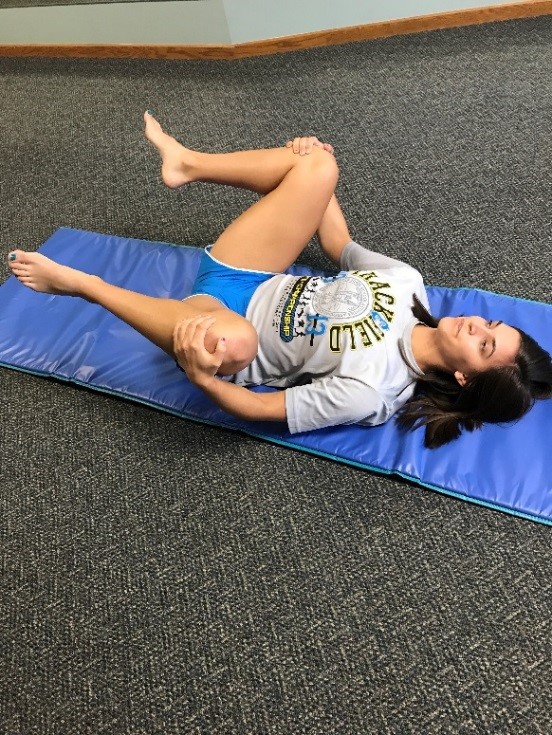Contrary to some societal notions, PMS is not an imaginary or “psychological” condition. In truth, PMS is a very real, physical condition, with very real and often debilitating symptoms.
In any discussion of PMS, it is important to note that this condition differs from dysmenorrhea, or painful menstrual flow. PMS typically occurs two weeks prior to the onset of menstruation itself.
Signs and Symptoms
Premenstrual syndrome is characterized by clusters of signs and symptoms, which may include the following:
- Weight gain
- Abdominal bloating
- Breast enlargement and tenderness
- Peripheral edema (Swelling of surface of body, i.e. hands, feet, etc.)
- Constipation
- Headache
- Increased appetite
- Cravings for sweet or salty foods

Causes
Possible causes of and contributing factors in PMS may include:
- Progesterone (hormonal) insufficiency or withdrawal
- Endogenous hormonal allergy (allergy to a self-produced hormone)
- Increased amount of Prolactin (milk producing hormone)
- Muscle imbalances
- Fluid retention
- Hypoglycemia
- Vitamin B6 deficiency
Physical therapy is particularly effective in treating menstrual disorders that are exacerbated by muscle imbalances or musculoskeletal dysfunction (problems). The pelvis is a key player in the intricate relationship between such dysfunction and the pain symptoms associated with PMS. Hence, treatment often concentrates on the pelvis and surrounding areas.
The pelvis is made up of bony and muscular components. The bones of the pelvis join to form a “basin” that encloses the reproductive organs. More than 40 muscles attach along every available surface inside and outside this bony basin. Muscles run in every direction, each with its own function.
Some of these muscles include:
- The abdominal muscles, which attach at the lower front of the pelvis and run up and to the sides.
- The spinal muscles attach to the back of the pelvis and run upward to attach to the vertebrae at different levels.
- The hamstrings start at the back, lower portion of the pelvis and run down the back of the thighs to attach near the knee joint.
- The “pelvic floor” muscles, which run across the opening at the bottom of the basin and support the internal organs and structures.
In addition, each bone of the pelvis is joined to the adjacent bones by ligaments that help control the motion of the bones and help support the entire structure of the pelvis. An imbalance or dysfunction in any of these structures affects the other structures to which they are to intimately connected.
When the muscles and ligaments attaching near the pelvis, abdomen, low back and/or legs are stretched, strained or tightened, the result is pain in those areas. For example, tight hamstrings and weak abdominals can set up an imbalance that causes abnormal movement and stress on the pelvis and its joints. Stiffness, inflammation and pain result, as well as strain of surrounding muscles and ligaments because of the abnormal alignment of the pelvis.
Imbalances can also occur when ligaments have been stretched or damaged from surgeries or childbearing; joints have been injured; or bones and joints have been jarred out of alignment.
What Can I Do About My Symptoms?
Many women fail to report symptoms and problems because they erroneously believe that such symptoms are a “normal” part of womanhood. If you think you may be suffering from premenstrual syndrome, you are encouraged to seek treatment.
Medication and surgery have traditionally been considered treatment options for PMS. Medication is not always effective, and surgery should always be a last resort.
Physical therapy is a realistic option for most cases of chronic pain and PMS. Your physical therapist at Midwest Physical Therapy Services will conduct an individualized evaluation of your condition, including a full medical and menstrual history, to help identify any imbalances in bony alignment, ligaments, and muscles. Her or she will then develop a program tailored specifically for you.
You will be a key player in your treatment program, as we at Midwest Physical Therapy Services emphasize the importance of home exercises. Your therapist also may recommend:
- Electrical stimulation to augment muscle strengthening
- Pelvic stabilization belts
- Other modalities such as heat and massage for pain relief

